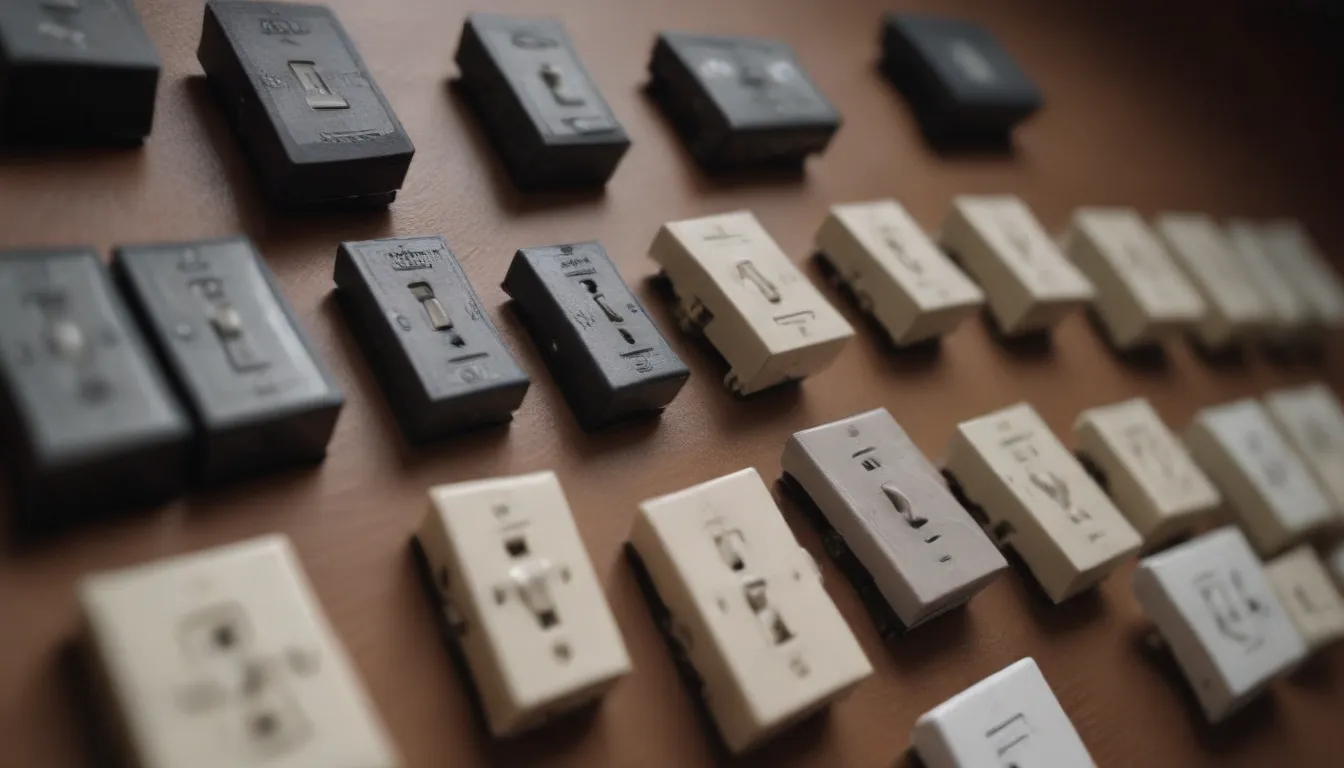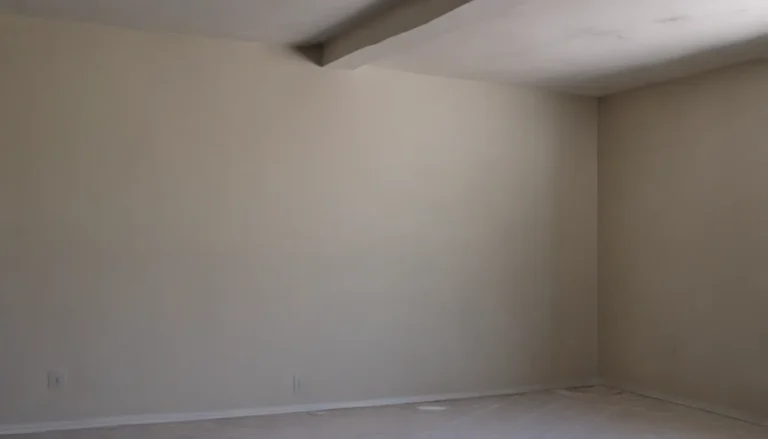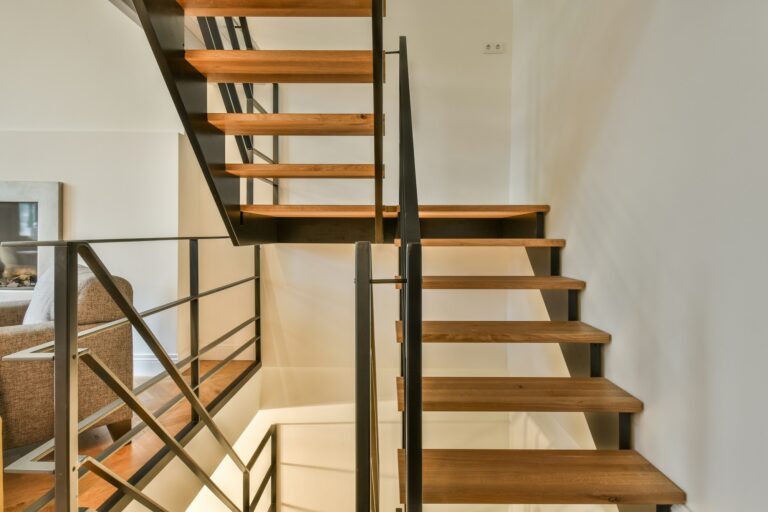Complete Guide to Different Types of Light Switches

Light switches are essential components in our homes, allowing us to control the lighting and appliances with ease. With a wide variety of options available, choosing the right light switch can sometimes be overwhelming. Understanding the different types of light switches and their functions can help you make an informed decision when updating or installing switches in your home. In this comprehensive guide, we will explore ten types of light switches and provide valuable information to help you choose the best option for your needs.
Understanding Light Switch Styles
Before delving into the various types of light switches, it’s important to understand the different styles available. Light switches come in a range of styles, including toggle, rocker, slider, and push-button switches. While the style of the switch may not impact its function or electrical wiring, it can influence the overall aesthetic of your home. Here’s a brief overview of the common light switch styles:
- Toggle Switch
- Rocker Switch
- Slider Switch
- Push-Button
Toggle and rocker switches are commonly used for standard residential lighting, while slider and push-button switches are typically employed for dimmer or specialty switch operations.
Types of Light Switches
Single-Pole Switch
Best for: Standard lighting control in residential buildings
Single-pole switches are the most common type of light switch, designed to control a single light fixture or appliance. These switches receive incoming power from the electrical panel and route it through the outgoing terminal to the desired load. They are typically identified by ON/OFF symbols on the face of the switch. Single-pole switches feature two brass-colored screw terminals and a green screw connected to the metal strap.
Tip: White wires attached to a single-pole switch may indicate a hot wire. Use black or red tape to distinguish hot wires from neutral wires.
Double-Pole Switch
Best for: Controlling large appliances in residential or industrial settings
Double-pole switches are less common in residential applications but are essential for controlling high-powered appliances like electric water heaters or air conditioners. These switches operate on 240-volt circuits with four brass-colored screw terminals for incoming and outgoing wires. They also include a green grounding screw for connecting the circuit’s grounding wire.
Three-Way Switch
Best for: Controlling a single light from multiple locations
Three-way switches are used in pairs to control a single light fixture or appliance from two separate locations. Commonly found in staircases, garages, or hallways with two entry points, these switches feature three terminal screws for connection.
Four-Way Switch
Best for: Providing control from three or more locations
Four-way switches are utilized in areas with multiple entrances, allowing control of a light fixture or appliance from three or more locations. These switches facilitate the interaction between traveler wires connected to three-way switches, enabling seamless operation from various points.
Smart Switch
Best for: Remote control and automation of lighting
Smart switches offer advanced features, allowing users to control light fixtures or appliances through voice assistants or mobile apps. These switches often require a neutral wire connection for operation and can be integrated with home automation systems for enhanced convenience.
Tip: Ensure compatibility with your existing hub or voice-automation system before purchasing a smart switch.
Dimmer Switch
Best for: Adjusting brightness levels of light fixtures
Dimmer switches enable users to adjust the brightness of bulbs by utilizing a rotary knob or slider. This feature is ideal for creating ambiance, conserving energy, or enhancing visibility based on the situation.
- Rotary Dimmer Switch
- Sliding Dimmer Switch
Occupancy / Motion Sensor Switch
Best for: Automatically turning on lights upon detecting motion
Occupancy or motion sensor switches incorporate built-in sensors to detect movement and activate lighting. These switches are commonly used in bathrooms, corridors, or rooms where energy efficiency is a priority.
Specialty Switch
Best for: Customized lighting control for specific applications
Specialty switches offer unique functionalities beyond basic on/off operations. These switches may include timers, time-delay features, additional outlets, touch controls, or speed and lighting adjustments for fans.
Tip: Some specialty switches are designed for use with specific types of bulbs, such as LED or CFL bulbs.
Combination Switch
Best for: Combining multiple functions in a single unit
Combination switches merge the functionality of two electrical devices, such as a light switch and an outlet, within a single wall box. This space-saving solution is ideal for organizing electrical connections and reducing the number of wall boxes required.
Pull Chain Switch
Best for: Controlling ceiling fans or single overhead lights
Pull chain switches utilize a chain mechanism to turn on or off connected lights or appliances. These switches are commonly found in ceiling fans, garages, and workshops where a separate light switch installation may not be practical.
Choosing the Right Light Switch
Selecting the appropriate light switch for your home is essential to ensure optimal functionality and convenience. Consider the following factors when choosing a light switch:
- Purpose: Determine the intended use of the light switch (e.g., standard control, dimming, automation).
- Location: Identify the specific areas in your home where the switch will be installed (e.g., bedrooms, bathrooms, hallways).
- Functionality: Assess the features required for your lighting control needs (e.g., multi-location control, timer settings, motion sensing).
- Compatibility: Ensure compatibility with existing wiring, hub systems, or voice assistants in your home.
By considering these factors and understanding the different types of light switches available, you can make an informed decision that meets your specific requirements.
In conclusion, light switches play a crucial role in everyday life, providing convenience and functionality in residential and commercial settings. With a diverse range of options to choose from, selecting the right light switch involves understanding the various types available and their respective functions. By utilizing this comprehensive guide, you can confidently choose the perfect light switch for your home, tailored to meet your unique needs and preferences.





